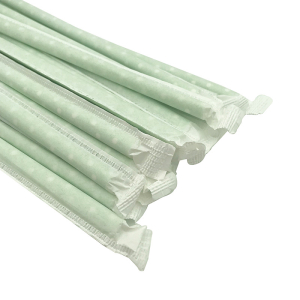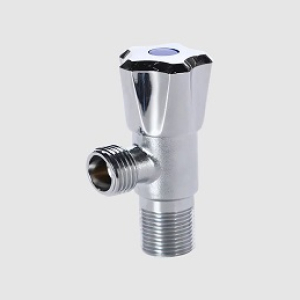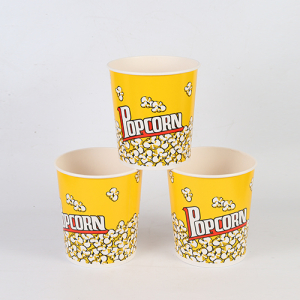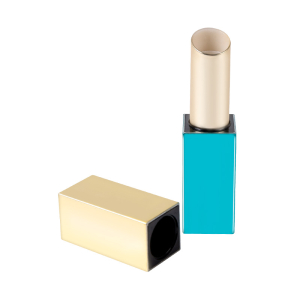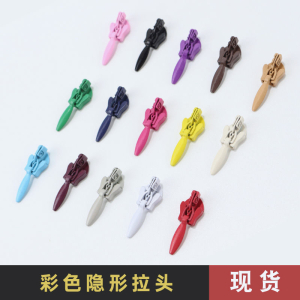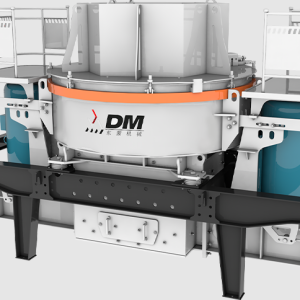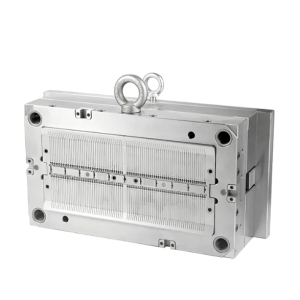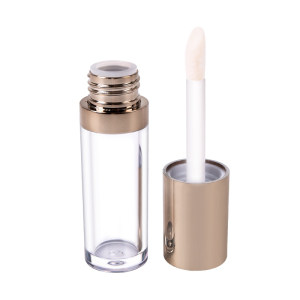Aluminum Coil Coating Lines are integral to numerous industrial sectors, providing a continuous and efficient method for applying coatings to aluminum coils. These coatings enhance the material's durability, appearance, and functionality, making it suitable for a wide range of applications.
The process begins with the uncoiling of aluminum strips, which are then subjected to a thorough cleaning procedure. This step is essential to remove contaminants such as oils, dust, and oxides that could interfere with the adhesion and quality of the coating. The cleaning typically involves chemical treatments and water rinsing to ensure the aluminum surface is pristine.
Following cleaning, the aluminum strip undergoes pretreatment. This involves applying a chemical layer that improves the adhesion of subsequent coatings and offers additional protection against corrosion. The pretreatment layer creates a chemically active surface that enhances the bond between the aluminum and the coating, which is crucial for the longevity and performance of the final product.
The next stage is the actual coating application, which can be performed using various methods, including roll coating, spray coating, and dip coating. Roll coating is particularly favored for its ability to produce a consistent and uniform coating layer. The choice of coating material depends on the desired properties of the end product, such as color, gloss, and resistance to environmental factors.
Once the coating is applied, the aluminum strip is passed through a curing oven. This step is vital as it ensures the coating is properly adhered and achieves its desired properties. The curing process involves heating the coated aluminum to specific temperatures for predetermined durations, which helps to solidify and stabilize the coating.
Quality control is a crucial aspect throughout the aluminum coil coating process. Advanced inspection systems are employed to detect any defects or inconsistencies in the coating. These systems include visual inspections, thickness measurements, and adhesion tests. Maintaining high-quality standards ensures that the coated aluminum meets the rigorous demands of various industries, from construction to automotive.
After curing and quality inspection, the coated aluminum strip is recoiled and prepared for shipment. This continuous process, from uncoiling to recoiling, maximizes efficiency and minimizes production costs. The coated aluminum is then ready for use in a myriad of applications, providing both functional and aesthetic benefits.
In summary, aluminum coil coating lines are sophisticated and essential systems in modern manufacturing. They ensure the production of high-quality coated aluminum that meets the stringent requirements of diverse industries. The process, from cleaning and pretreatment to coating application and curing, is meticulously controlled to deliver durable and visually appealing products.

